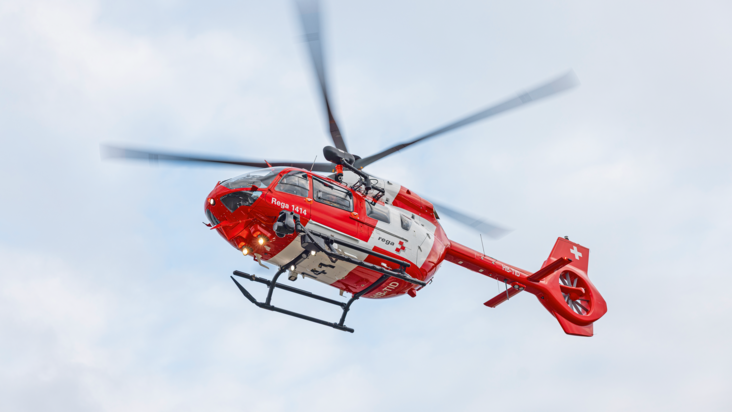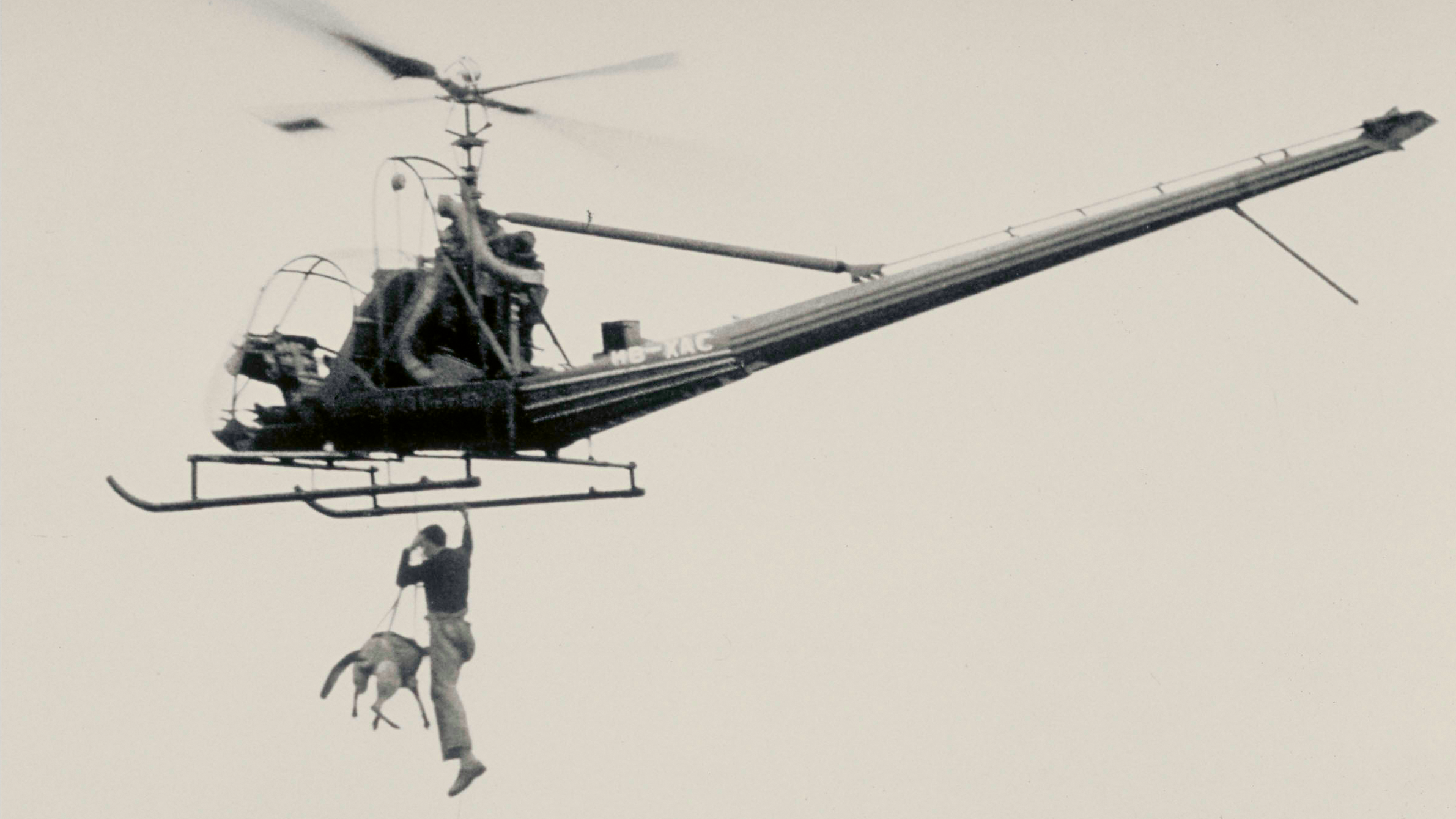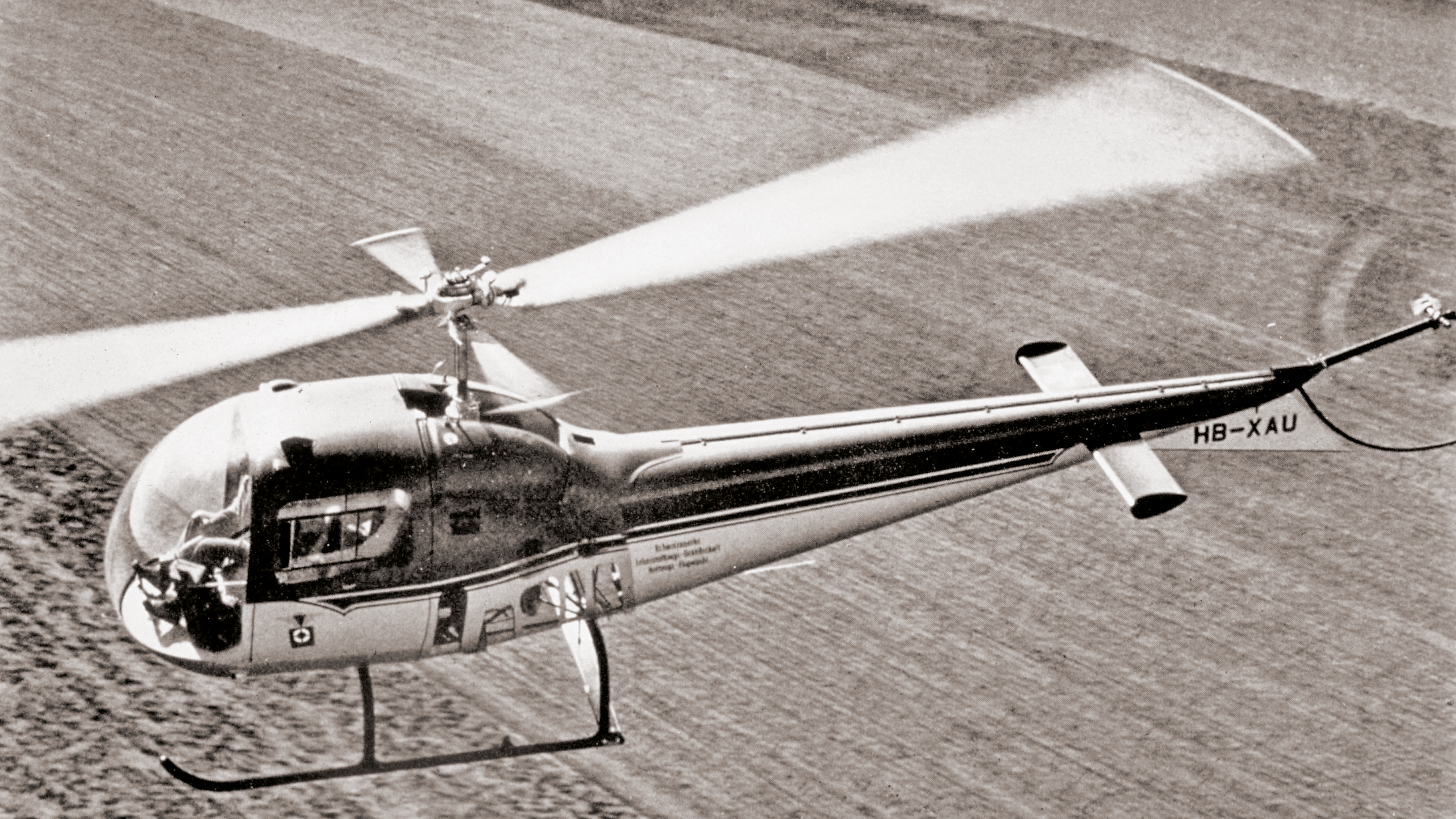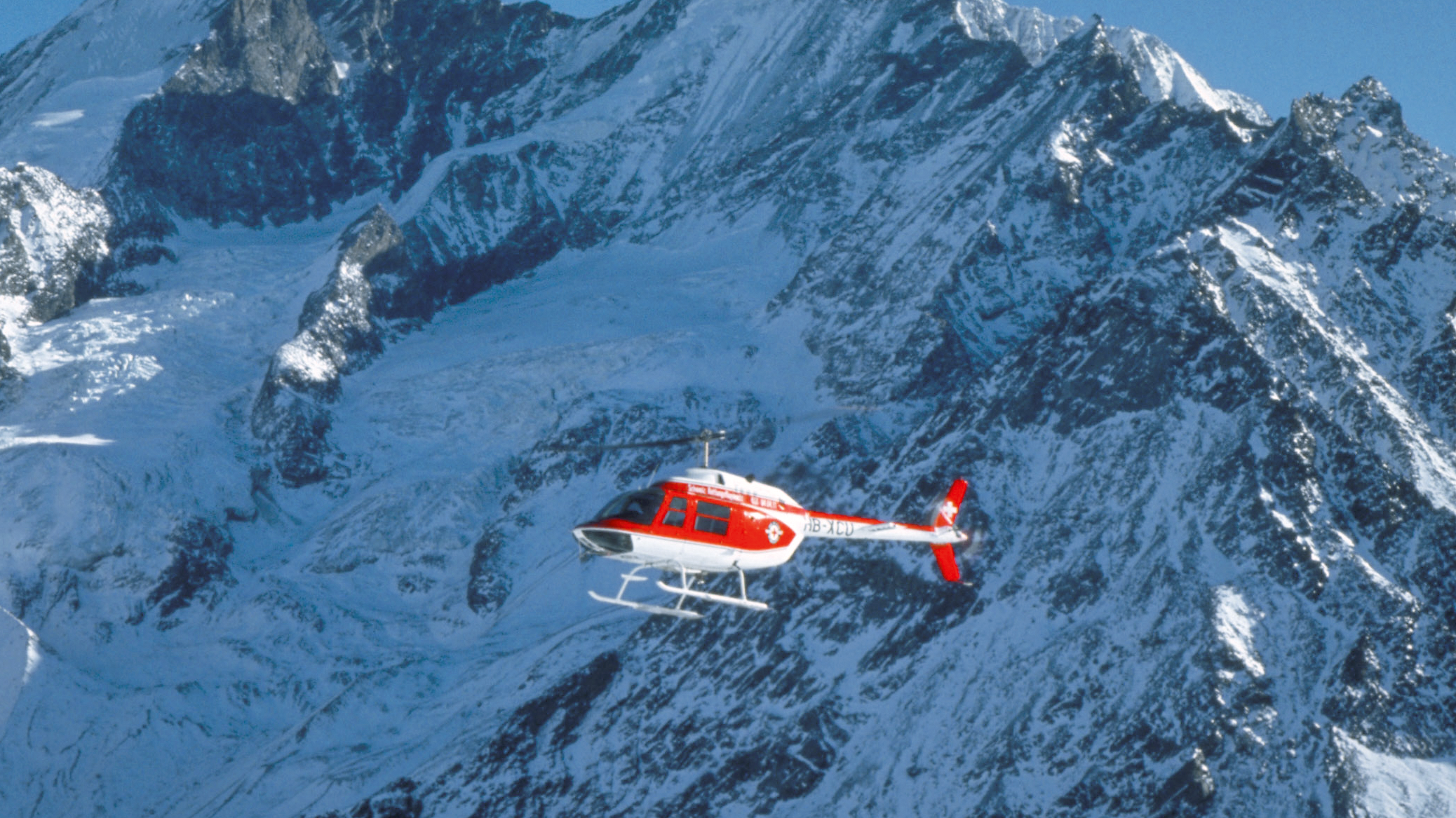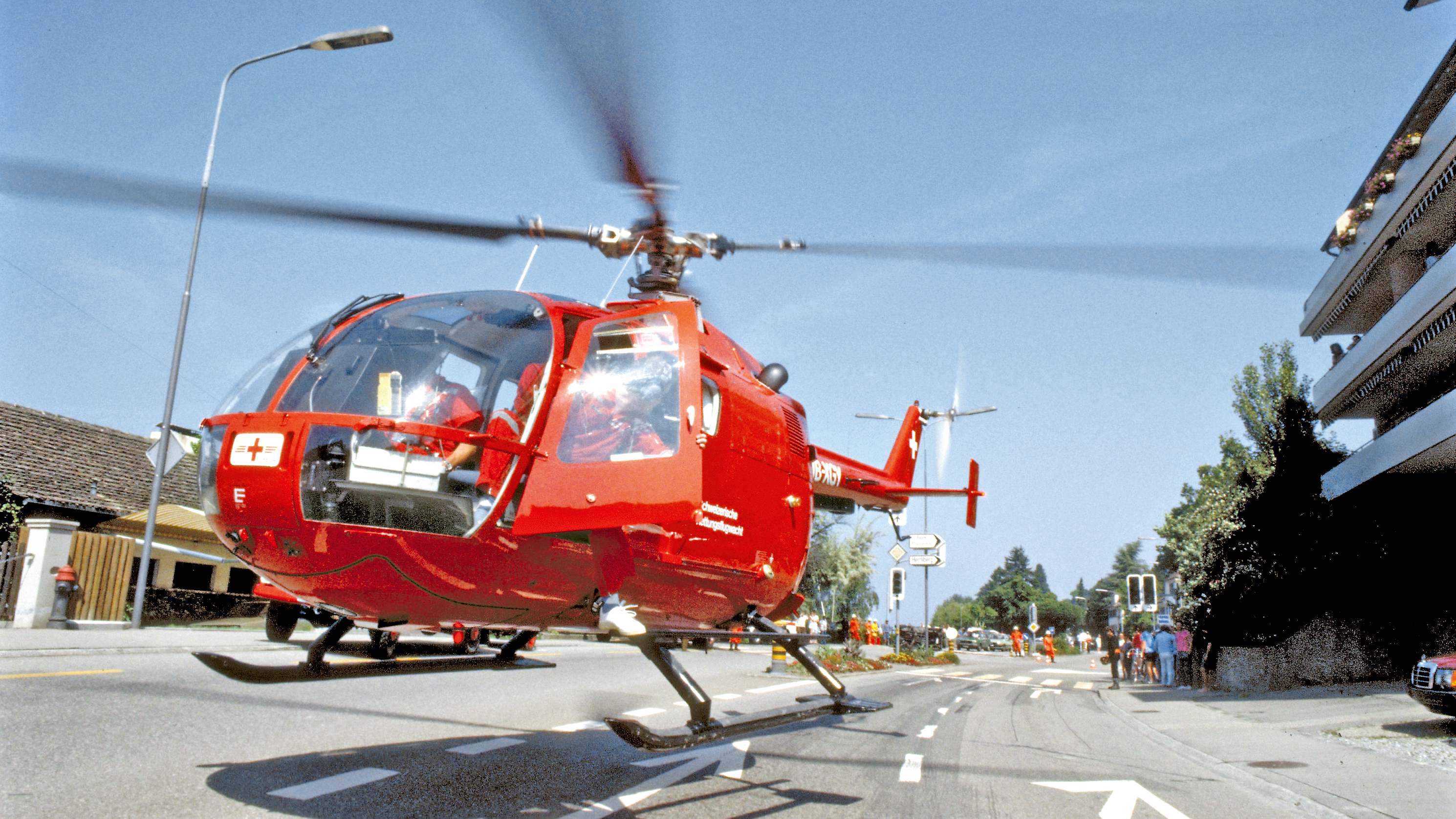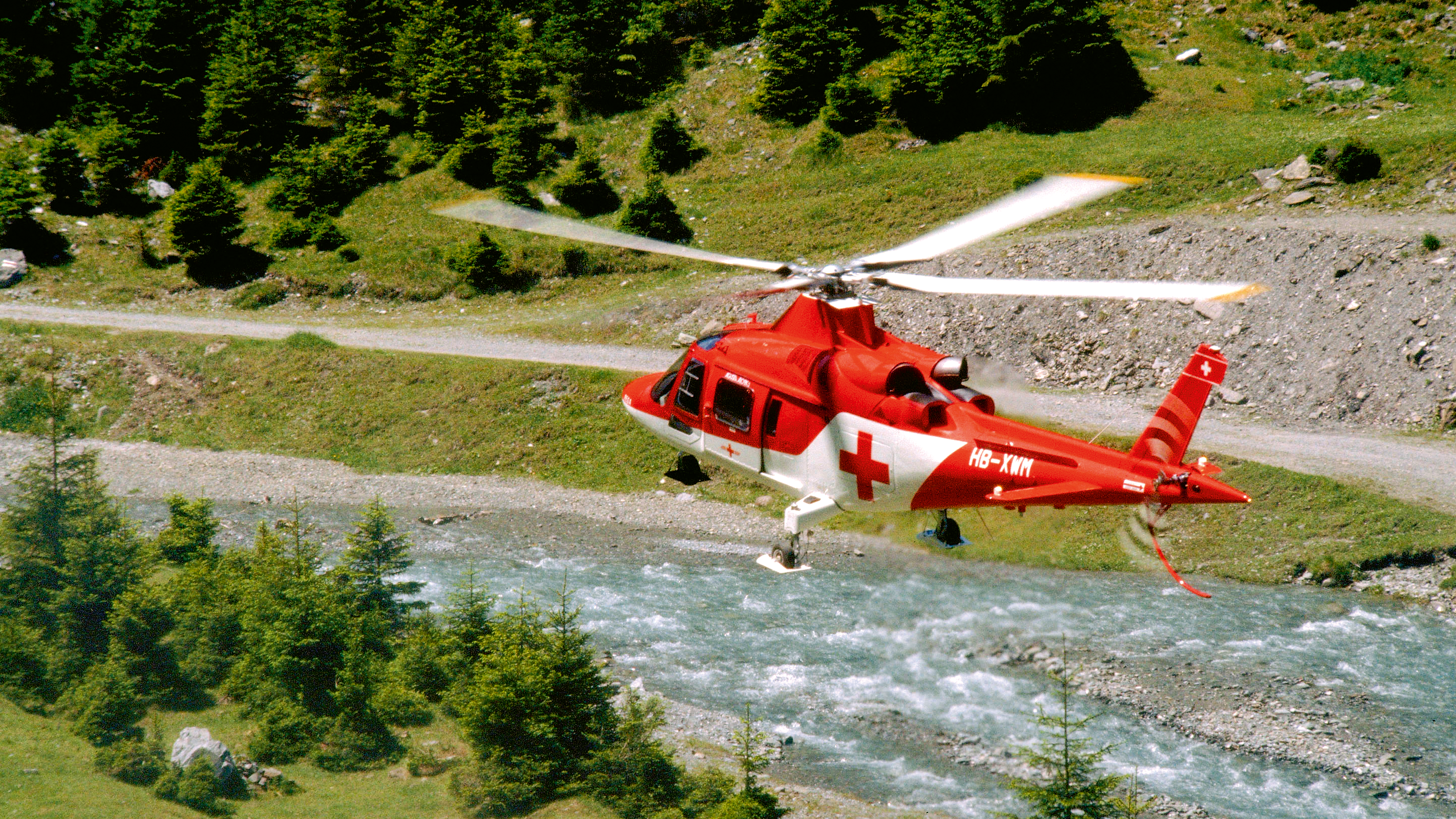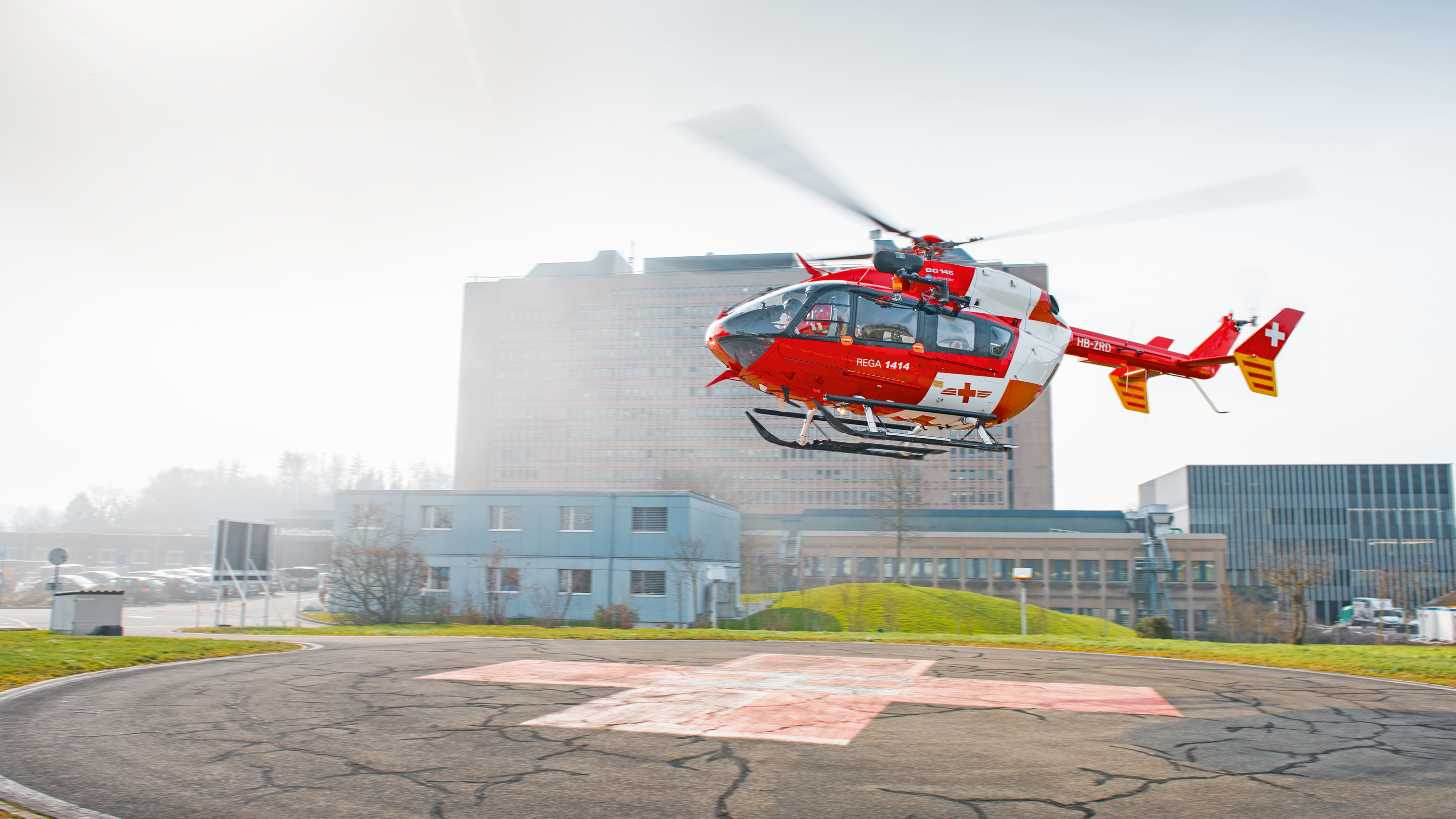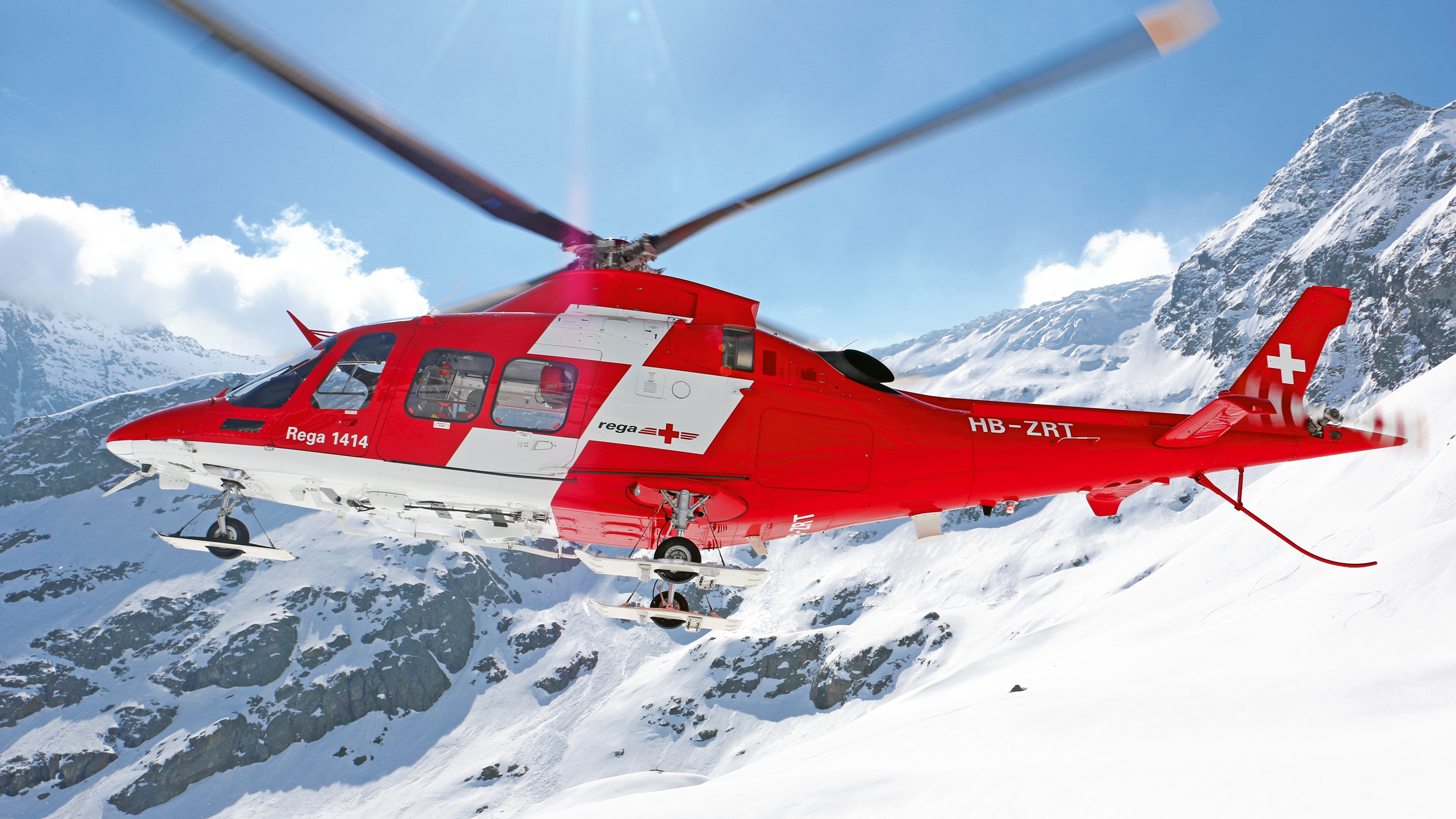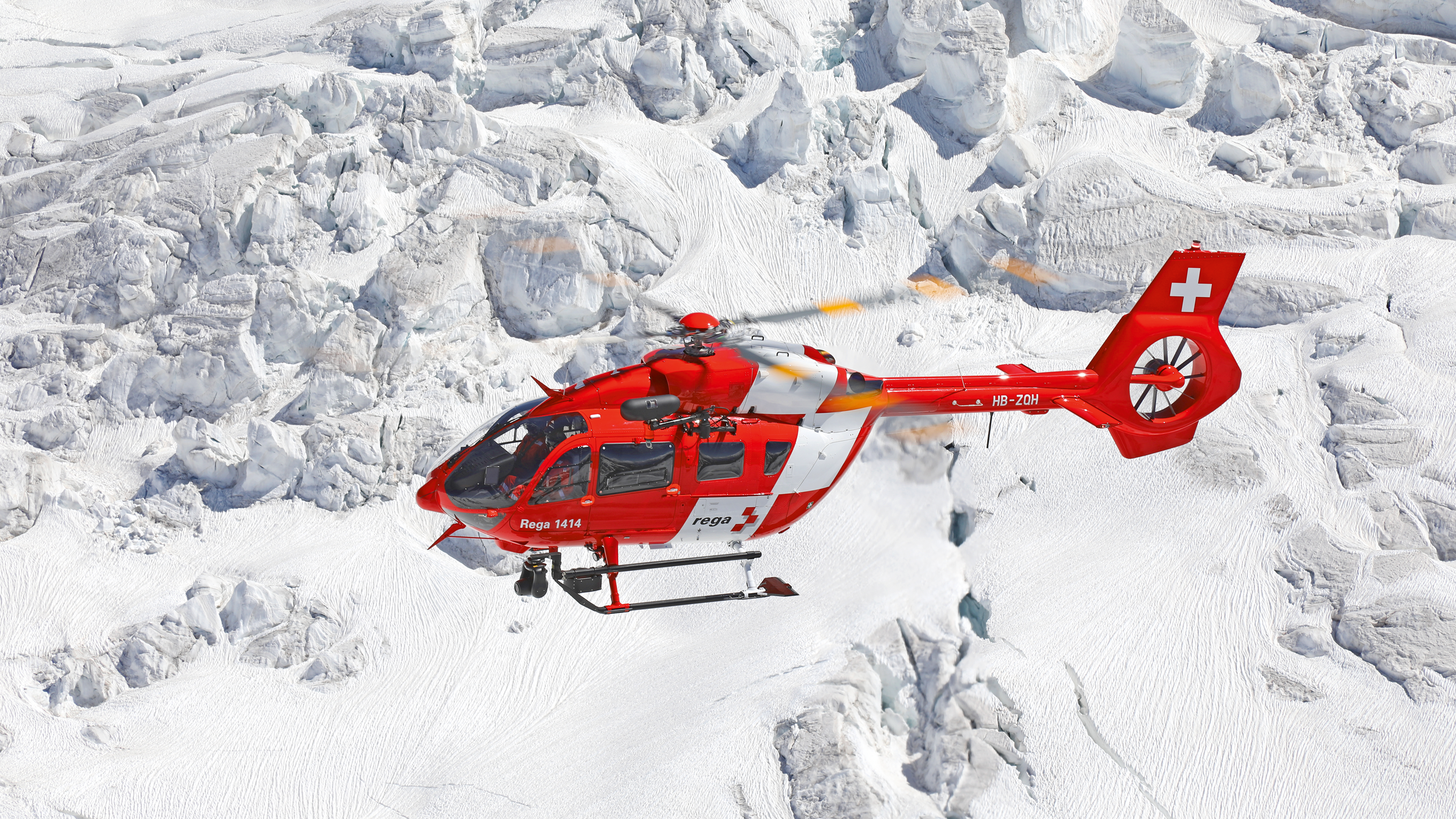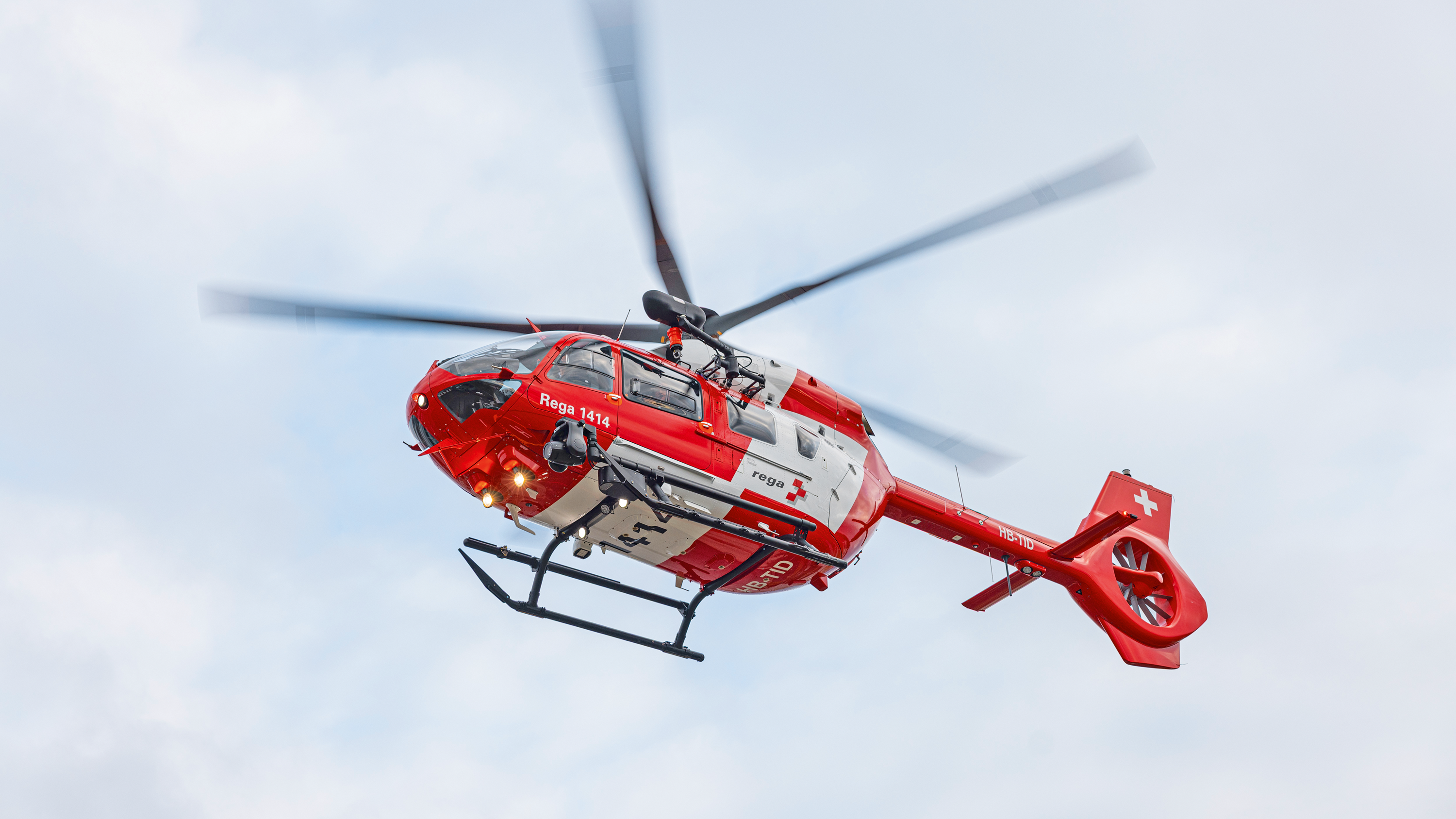Rega plans to replace its entire helicopter fleet by the end of 2026. In future, it will rely on a single-type fleet comprising 21 of the latest five-blade Airbus H145 D3 rescue helicopters. The machine with five rotor blades produces fewer vibrations and less noise.
There’s no off-the-shelf delivery when it comes to rescue helicopters. The new model H145 D3 is the result of several decades’ worth of valuable experience in air rescue and findings from countless missions undertaken with previous models. Aside from the basic configuration of the helicopter, which has been developed together with the manufacturer Airbus, the cabin interior is extremely important for a Rega helicopter. The expertise and long-standing experiences of the project team made up of doctors, paramedics and engineers were incorporated here.
New features in the cabin
The configuration of the helicopter cabin is therefore very different to that of the previous model. The interior was redesigned in line with the slogan “Making what is good even better”. In addition to adapting the seating arrangements in the cabin, which enables the helicopter’s medical crew to work in the most ergonomic way possible, numerous other details have also been tweaked. Here are a few examples: The drawers and cupboards are now arranged and designed in such a way that emergency flight physicians can access their equipment more easily. The cabin floor is made from a resilient material with a non-slip surface. Other new features include the lighting systems on the helicopter, which better illuminate the surrounding area during night missions, plus an additional, high-performance light that helps the crew with missions that require the use of the rescue hoist in the dark. All of these improvements have one goal – to provide patients with even better medical assistance on missions.
Retraining during ongoing operations
In addition to all the technical work, the integration of the new Rega helicopters into our fleet also includes (re)training. The biggest change will be for the crews at the seven mountain bases who have been flying the Da Vinci rescue helicopter. Rega’s own helicopter simulator for the Airbus H145, which enables training in Switzerland for all Rega crews, facilitates this process significantly. The main challenge will be coordinating all of this alongside ongoing operations. The 14 Rega bases throughout Switzerland must be on standby at all times despite training and technical challenges so that Rega can guarantee medical assistance by air for the Swiss population without interruption.
